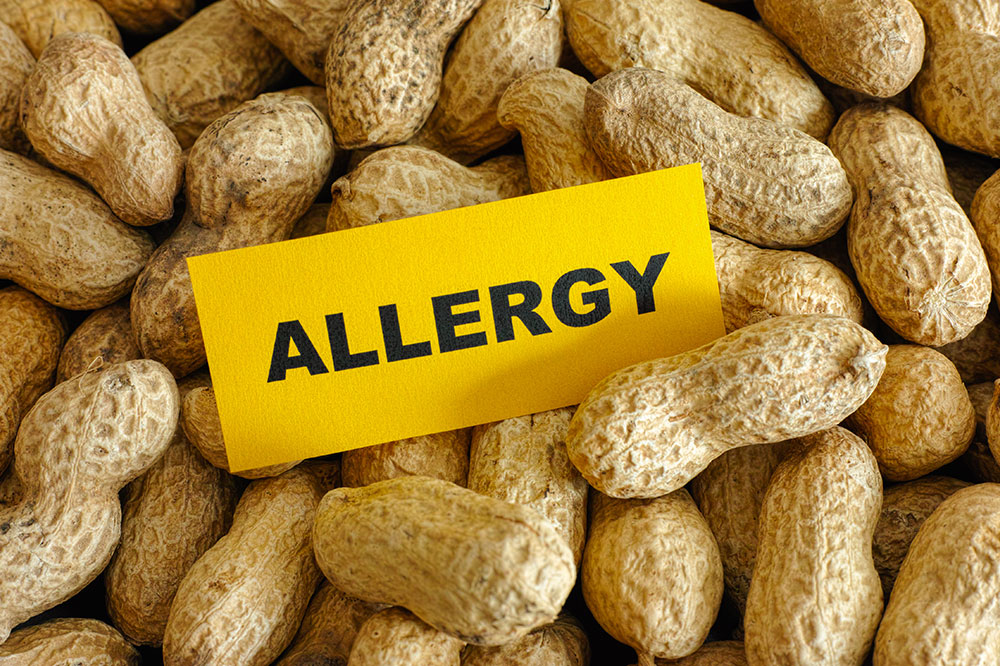Food allergies, intolerances, and abdominal pain
Food allergies are a common occurrence and surfaces when the immune system has an abnormal reaction to something you have consumed. The symptoms of an allergic reaction can be abdominal pain, cramps, diarrhea, rash, difficulty swallowing, gas and itchiness in the throat.
Abdominal pain is also a common symptom of food intolerances. The difference between an allergy and food intolerance is about symptoms. The former only produces symptoms in the abdominal area, whereas food allergies can produce symptoms in the entire body.

Both allergies and intolerances can produce mild to severe digestive problems.
Types of Food Allergies
You can be allergic to any food. But some common food allergies are –
- Soy
- Milk
- Peanuts, tree nuts
- Fish, shellfish
- Wheat
- Eggs
Common food intolerances occur after consuming wheat and milk.
- The protein gluten in wheat and some other grains like rye and barley can cause reactions and lead to digestive problems such as abdominal pain, diarrhea and bloating.
- Lactose (a type of sugar) causes the problem when it comes to milk and other dairy products like cheese and sour cream. It can cause abdominal cramps and aches, bloating and severe diarrhea. The problem is known as lactose intolerance rather than milk allergy.
Managing the Pain
Both food allergies and intolerances can cause digestive problems. Once your doctor has diagnosed the exact food cause of your constant abdominal pain, it can be easier for you to manage your condition.
- To avoid abdominal pain and cramps caused by foods, the best way to manage the symptoms is to avoid that particular food. Look for alternate food options and make healthier choices for your diet. For instance, you can eat gluten-free bread and baked goods and choose lactose-free beverages.
- When buying ready-to-eat foods or other preparations, carefully check the labels for gluten or milk sugars. Gluten is often added to other recipes to thicken sauces and bind the ingredients well.
Food allergies often remain for life. But tolerances can improve. If you are intolerant to a food substance, slowly try to reintroduce it your diet after a period of abstinence to see if your symptoms have improved.




